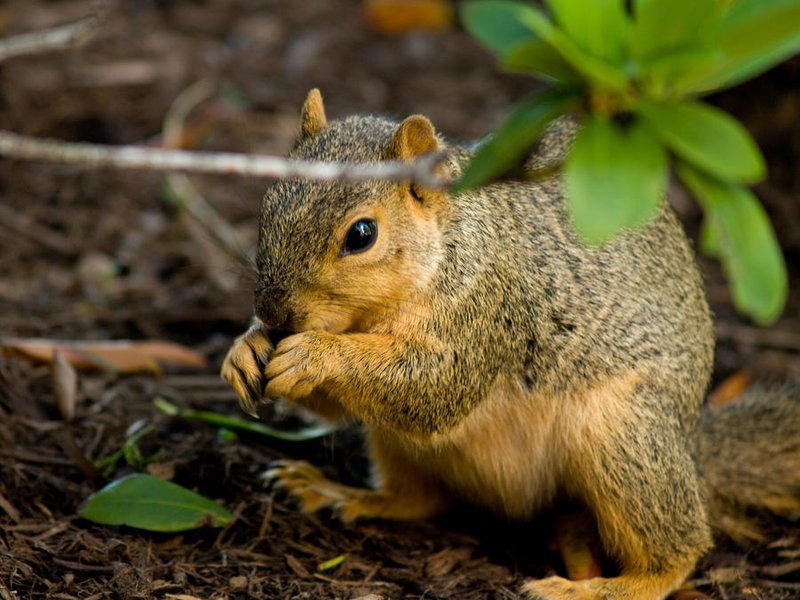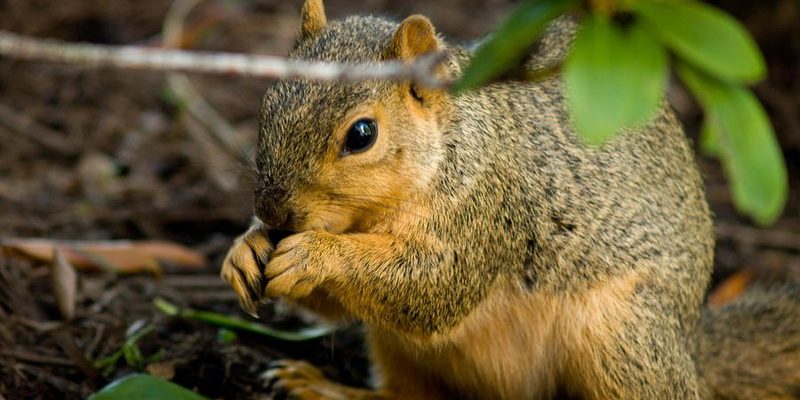
Imagine you’re sitting down with a friend, sipping coffee, and diving into a conversation about the mind of a flying squirrel. You’d be amazed to learn that these creatures not only have impressive gliding skills but also possess problem-solving capabilities. So, let’s take a closer look at what makes flying squirrels tick, from their social interactions to their impressive navigation skills.
Understanding Flying Squirrels
Flying squirrels belong to the family Sciuridae and are primarily found in North America and parts of Asia. Unlike their tree-dwelling cousins, these creatures don’t truly fly; instead, they glide through the air, thanks to a special membrane called the patagium that stretches from their wrists to their ankles. This unique feature allows them to cover significant distances while avoiding predators.
You might be wondering what sets flying squirrels apart from regular squirrels. Well, for starters, they are nocturnal, which means they come alive at night. This nighttime lifestyle influences their behavior and interactions. Their large, sensitive eyes help them navigate through the dark, allowing them to forage for food and avoid danger, showcasing their adaptability and cleverness.
Another neat aspect of flying squirrels is their diet. They primarily feed on fruits, nuts, and fungi, but they can also eat insects and even the occasional bird egg. This varied diet indicates a level of problem-solving since they must find and remember where food sources are located, especially in the colder months when options are limited.
Cognitive Abilities of Flying Squirrels
So, how smart is a flying squirrel when it comes to thinking and problem-solving? Research suggests that these little creatures have a solid level of intelligence, comparable to that of some other small mammals. Flying squirrels can learn from experience, remember complex tasks, and even adapt to new situations.
One fascinating study found that flying squirrels could recognize patterns and remember where food was stored. Imagine being able to recall the exact location of hidden treats weeks after hiding them! This ability to remember locations shows that they have a robust spatial memory, essential for surviving in the wild.
Moreover, flying squirrels often engage in social behaviors, which may also highlight their cognitive skills. They communicate through various vocalizations and even body language with other squirrels, indicating a level of social intelligence. For example, they may make specific sounds to alert others of predators or to signal the availability of food.
Behavioral Traits and Social Structure
Flying squirrels aren’t just solitary creatures; they are quite social and often live in groups. These social structures can be complex, allowing for cooperation and communication among members. Living in groups can be beneficial, especially when it comes to foraging for food or keeping watch for predators.
In these groups, flying squirrels display behaviors that show their cognitive abilities. They engage in grooming sessions, known as allogrooming, which helps strengthen social bonds. This social grooming not only promotes group cohesion but also allows them to communicate their status and health to one another.
You might also notice that flying squirrels have distinct territory marking behaviors. They use scent markings to establish their area, which helps communicate with other squirrels about boundaries. This instinctual behavior aligns with their smarts, as sensing conflict and maintaining social harmony is crucial for their survival.
Communication Skills of Flying Squirrels
Flying squirrels have a fascinating way of communicating, which adds to their charm. They use a range of vocalizations, from soft whistles to high-pitched chirps, to convey their needs and emotions. Understanding these sounds can provide insight into their feelings, whether they are excited, scared, or just looking for companionship.
Here’s the thing: communication isn’t just about sound. Flying squirrels also use body language! When they feel threatened, they might fluff up their fur, arch their backs, or make themselves appear larger to deter predators. This combination of vocal and visual expressions demonstrates a unique way of interacting with their environment and companions.
Notably, researchers have observed that flying squirrels can even change their vocalizations depending on the situation. They might use different sounds when alerting their friends to a predator versus calling out for food, showcasing their ability to adapt their communication to different contexts. Pretty smart, right?
Navigation Skills and Memory
Have you ever tried finding your way in a new place without a map? Flying squirrels rely on their exceptional navigation skills to thrive. They possess a remarkable sense of direction, which helps them glide skillfully between trees in search of food, mates, and safe nesting sites.
Their ability to remember locations of food and hideouts is crucial for survival. Research suggests that flying squirrels can remember the spatial layouts of environments. This means they can navigate their habitats quickly and efficiently, even in the dark. For example, imagine a flying squirrel gliding from one tree to another, effortlessly dodging branches and obstacles. This remarkable skill isn’t just luck; it’s a testament to their cognitive abilities.
Interestingly, flying squirrels also use visual cues to help with navigation. They might memorize landmarks, like the shape of a distinct tree or the outline of a landscape. This combined use of memory and visual recognition helps them find their way, proving that their brains are working hard behind those cute faces!
Conservation and the Future of Flying Squirrels
As urbanization and habitat loss continue to impact wildlife, flying squirrels face numerous challenges. Their cognitive skills may help them adapt to some changes, but their survival is increasingly at risk. Conservation efforts are essential for ensuring that these adorable creatures can thrive in their natural habitats.
Educating people about flying squirrels and their ecological importance is a crucial step toward their protection. By creating awareness, we can encourage responsible land use and habitat preservation. For instance, planting native trees and maintaining healthy forests can provide flying squirrels the homes they need.
You might also be surprised to learn that flying squirrels are not only cute but also vital for their ecosystems. They help disperse seeds, which contributes to forest regeneration. Protecting them means protecting a broader ecological balance, which is something we all should care about.
In summary, flying squirrels are much more than just charming little gliders; they exhibit impressive cognitive abilities and social behaviors that highlight their intelligence. From their problem-solving skills and complex social structures to their excellent navigation and communication skills, these nocturnal creatures have a lot going for them.
Honestly, the next time you spot a flying squirrel gliding through the trees, take a moment to appreciate its cleverness. These animals remind us that intelligence comes in various forms, and sometimes the most fascinating minds are nestled in our own backyards. By understanding and protecting flying squirrels, we can help ensure their continued place in the wild, enriching our ecosystem and our lives.

